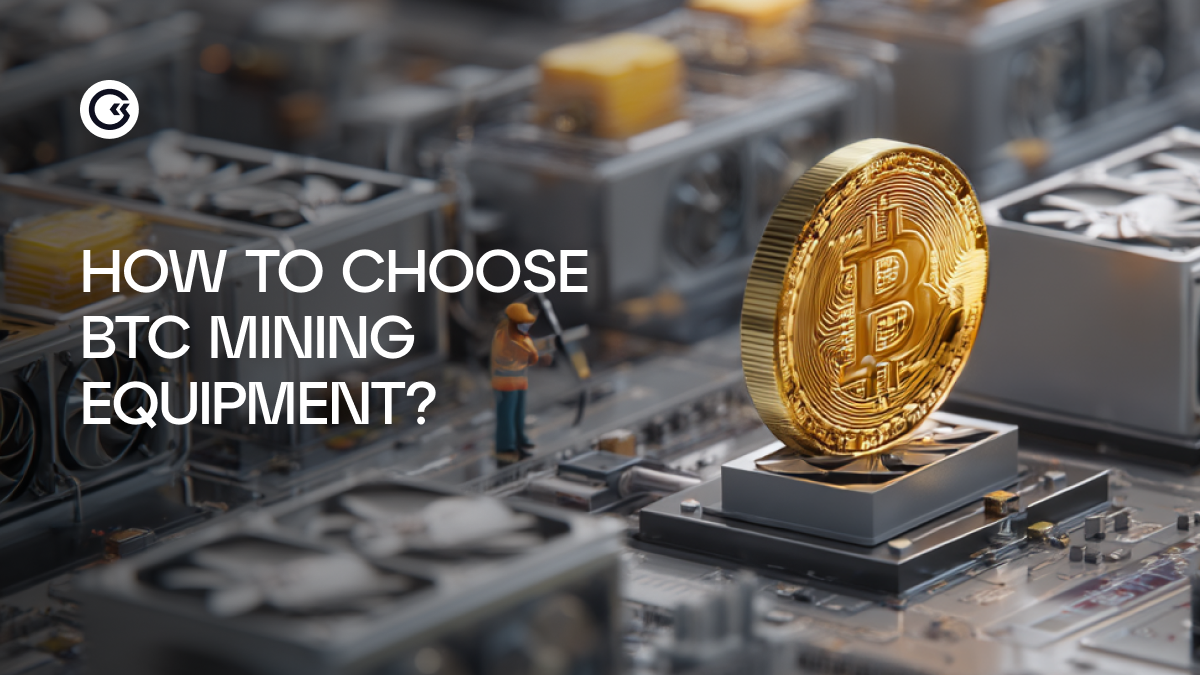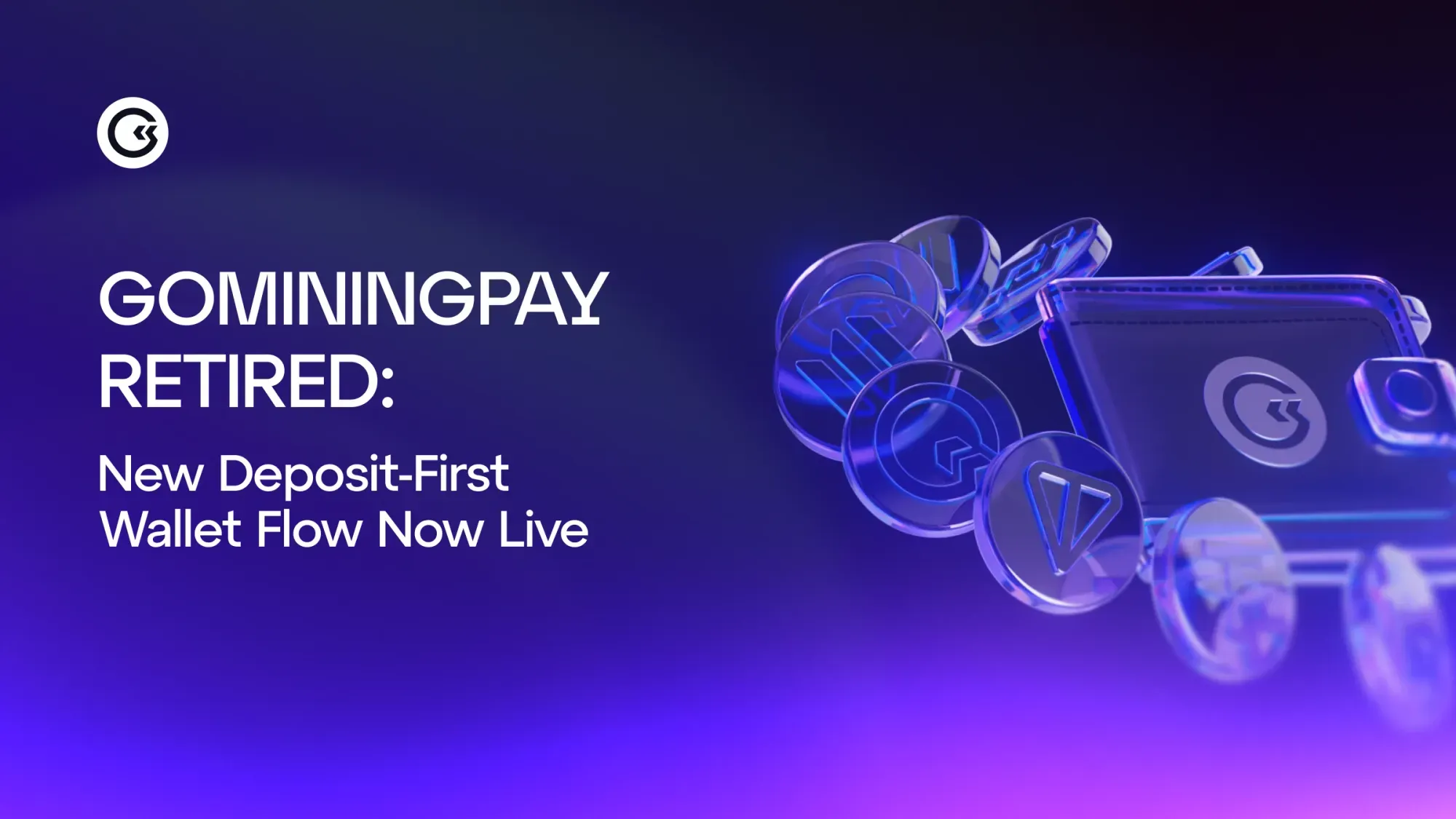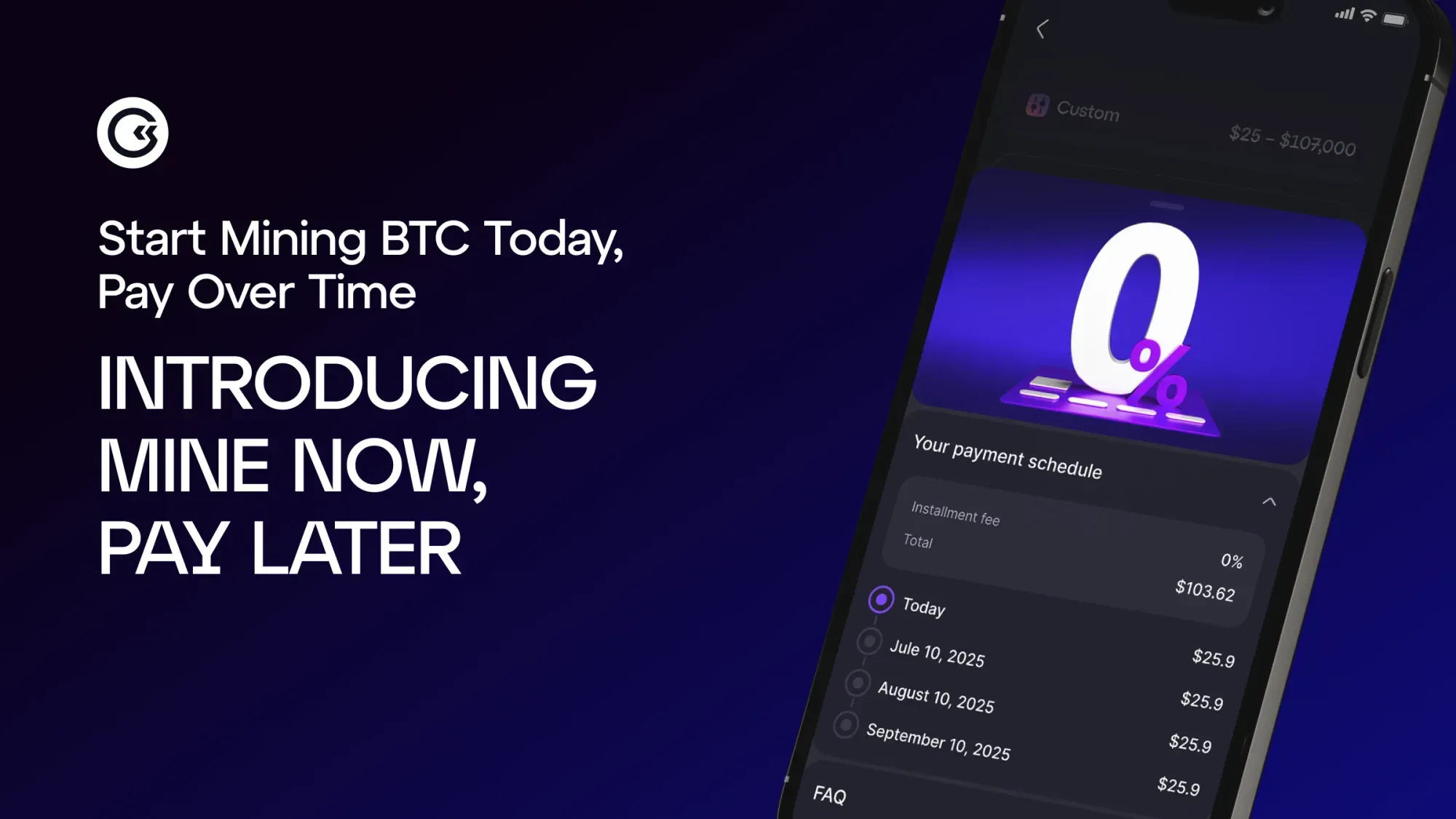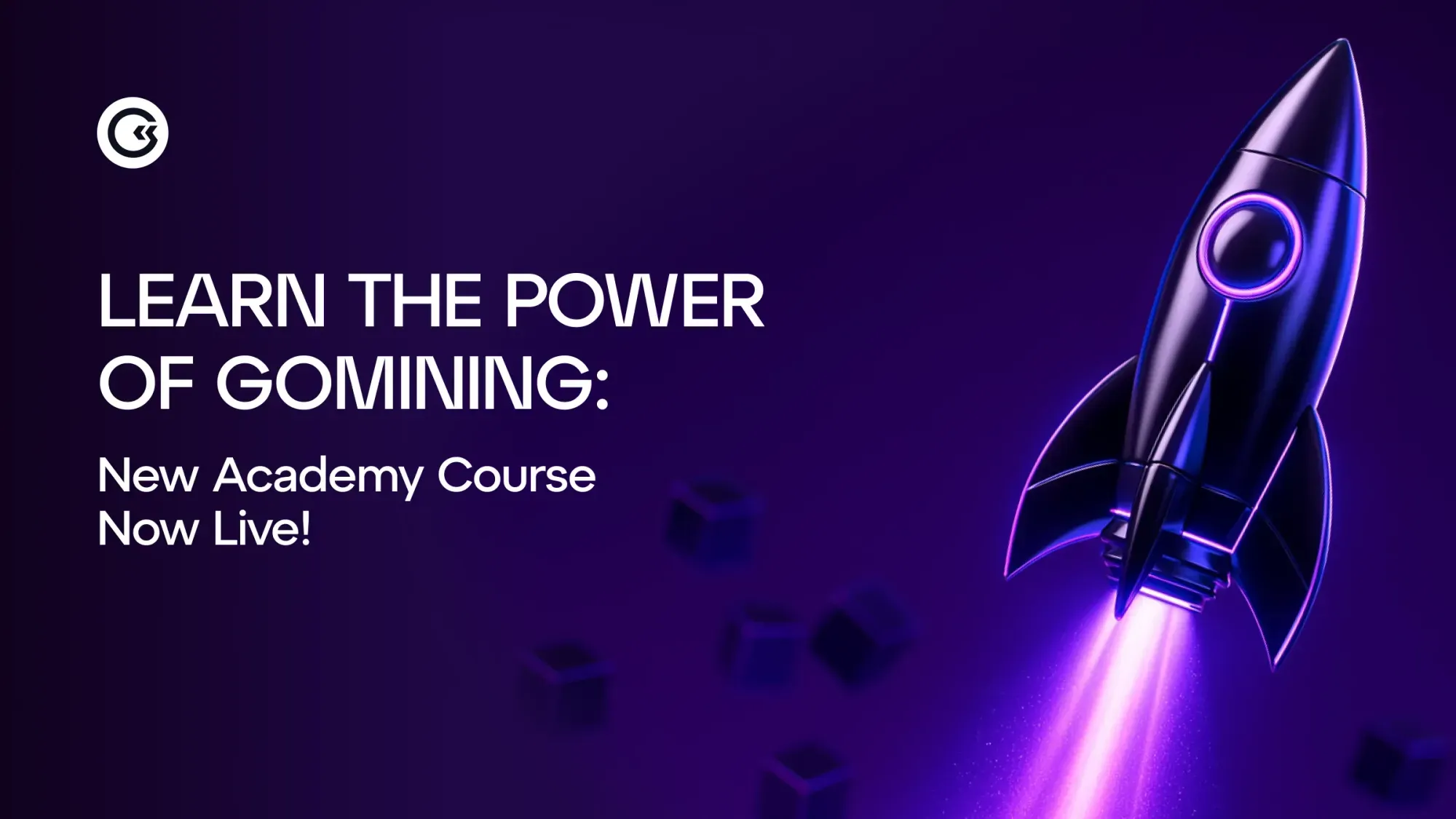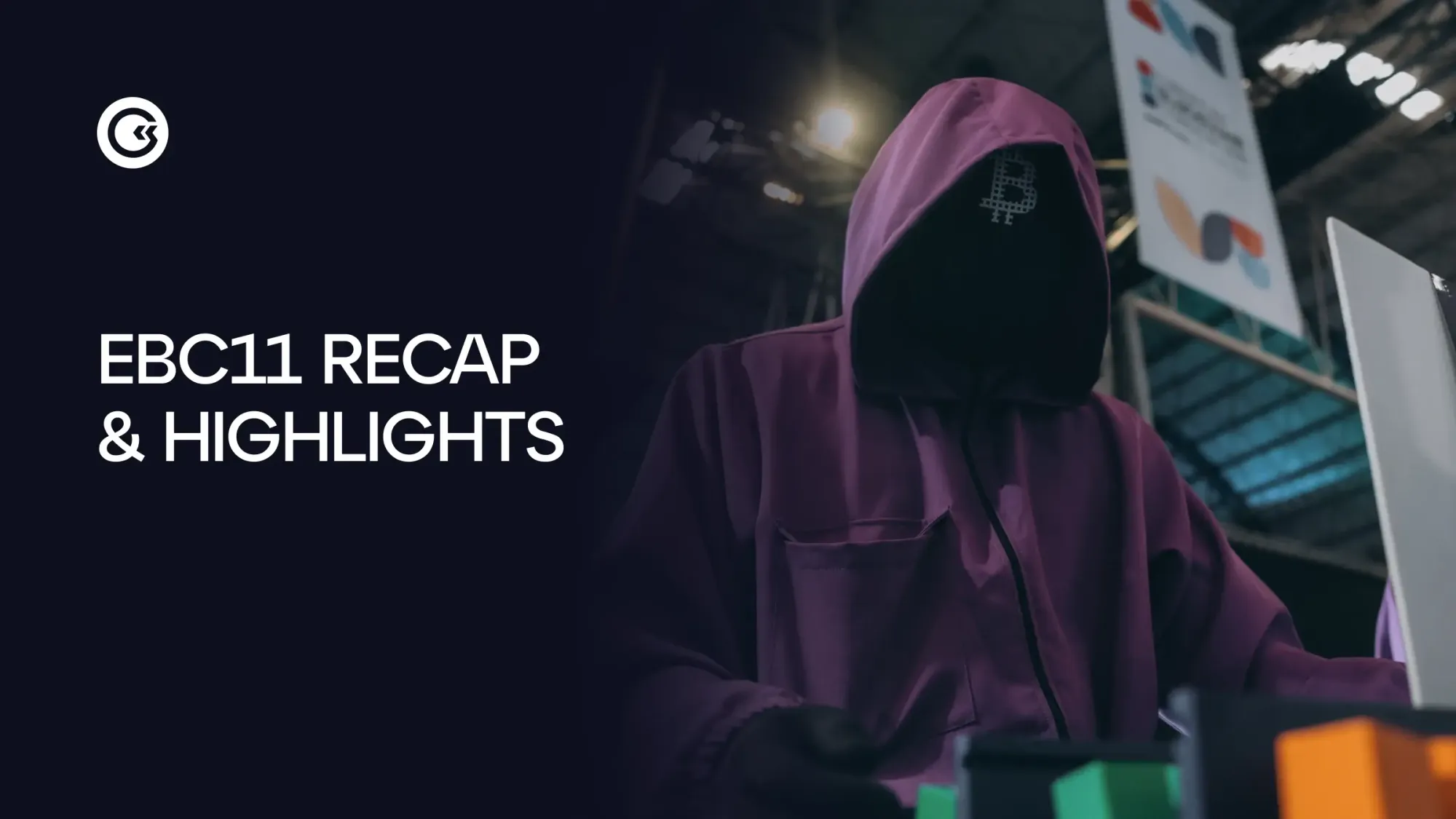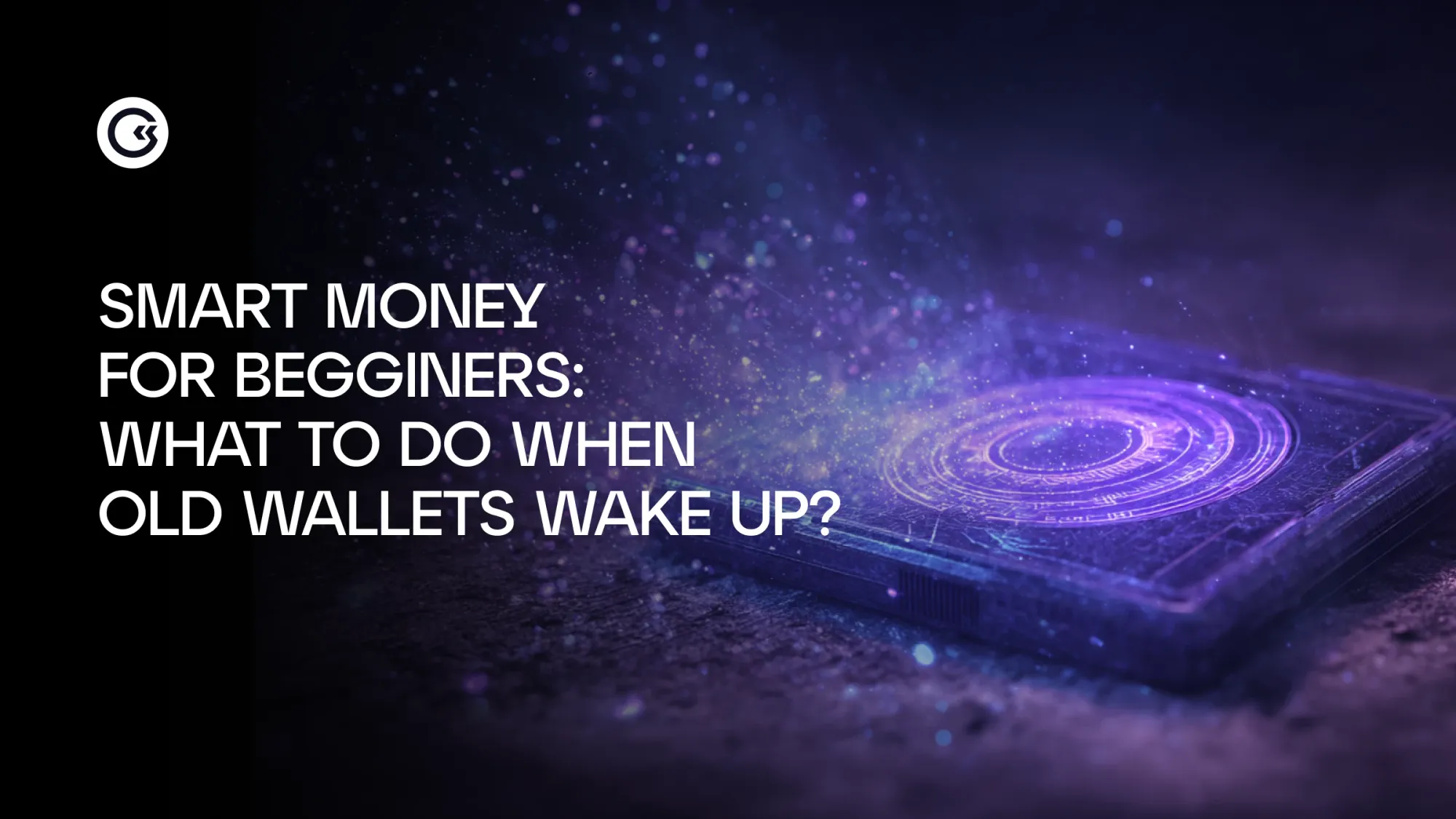Einführung
Bitcoin-Mining hat sich von einem Nischen-Hobby zu einer ernsthaften Industrie entwickelt, die das globale Kryptowährungsnetzwerk unterstützt. Da immer mehr Menschen Bitcoin und sein Potenzial entdecken, wächst das Interesse am Mining weiter. Aber bevor Sie sich hineinwagen, ist es wichtig zu verstehen, dass die Rentabilität beim Bitcoin-Mining nicht nur darin besteht, eine Maschine anzuschließen und Belohnungen zu verdienen.
Ihr Erfolg hängt von einem entscheidenden Faktor ab: die richtige Bitcoin-Mining-Ausrüstung zu wählen. Mit der richtigen Konfiguration können Sie Ihre Gewinne maximieren, die Energieeffizienz steigern und in einer Branche wettbewerbsfähig bleiben, in der jeder Hash zählt. In diesem Leitfaden erklären wir Ihnen alles, was Sie über die Auswahl von Mining-Hardware wissen müssen, verschiedene Typen vergleichen und Ihnen helfen zu entscheiden, was für Ihre Ziele am besten ist.
Bitcoin-Mining verstehen
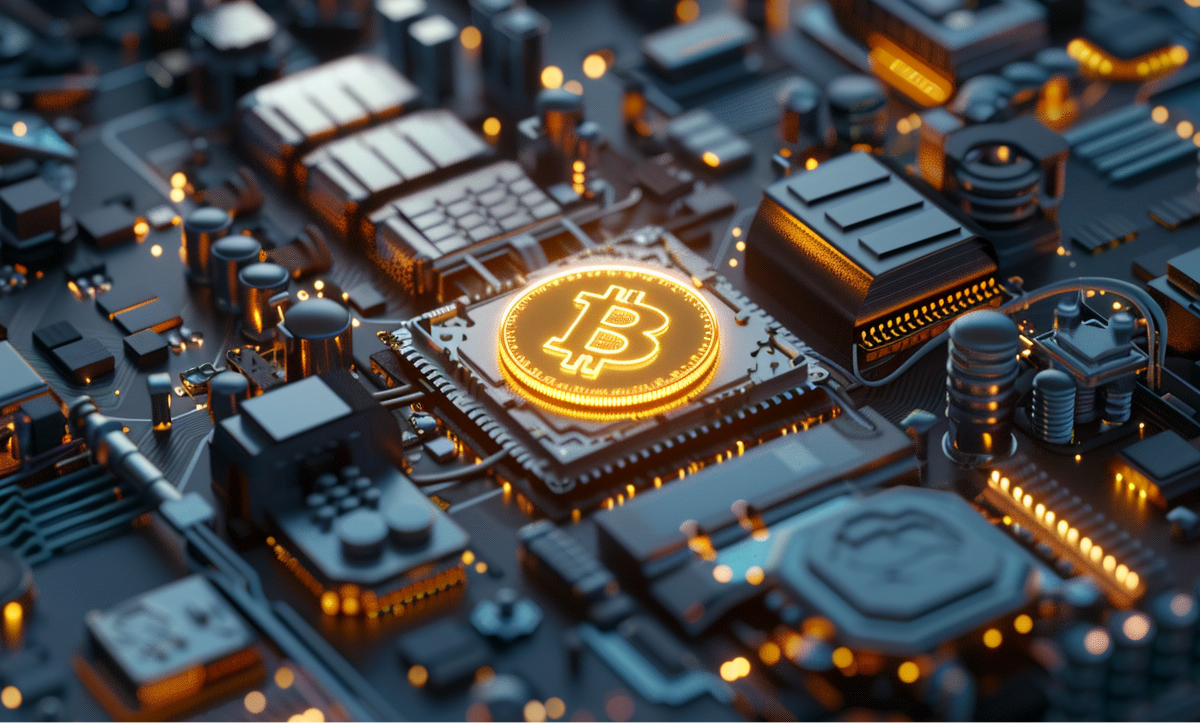
Schlüsselfaktoren bei der Auswahl von Bitcoin-Mining-Equipment
Um die richtige Entscheidung zu treffen, müssen Sie zunächst verstehen, was Bitcoin-Mining ist und wie es funktioniert.
Bitcoin-Mining ist der Prozess, durch den neue BTC in Umlauf gebracht werden. Noch wichtiger ist, dass dadurch das Netzwerk sicher bleibt. Miner validieren Transaktionen, indem sie komplexe kryptografische Rätsel mit spezialisierter Hardware lösen. Dieser Prozess, genannt „Proof of Work", gewährleistet, dass Transaktionen legitim sind und verhindert doppelte Ausgaben.
Die wichtigste Leistungsmetrik beim Mining ist die Hashrate, die sich auf die Anzahl der Hash-Berechnungen bezieht, die eine Maschine pro Sekunde durchführen kann. Eine höhere Hashrate verbessert Ihre Chancen, einen Block zu lösen und Belohnungen zu verdienen. Dies führt jedoch auch zu erhöhtem Stromverbrauch, wodurch die Energieeffizienz beim Bitcoin-Mining zu einem wichtigen Faktor wird.
Arten von Mining-Equipment
ASIC-Miner
ASICs (Application-Specific Integrated Circuits) sind spezialisierte Chips, die ausschließlich für das Mining von Krypto entwickelt wurden. Wenn es um Bitcoin geht, gelten ASIC-Miner als die effizientesten, und beim Kauf der besten Bitcoin-Mining-Rigs stellt dies sicher, dass Sie Effizienz und Rentabilität von Anfang an maximieren.
Beliebte Modelle sind:
- Antminer S19 (von Bitmain)
- Whatsminer M30S+ (von MicroBT)
Diese Maschinen bieten eine hohe Bitcoin-Mining-Hashrate, oft im Bereich von 90 bis 110 TH/s (Terahashes pro Sekunde) mit optimierter Energienutzung. ASIC sind jedoch oft teuer und können mehrere tausend Dollar pro Einheit kosten.
Vorteile:
- Höchste Effizienz und Rentabilität
- Speziell für Bitcoin-Mining entwickelt
- Einfacher einzurichten im Vergleich zu GPU-Rigs
Nachteile:
- Auf das Mining einer oder weniger spezifischer Coins beschränkt
- Hohe Stromkosten, wenn nicht optimiert
- Hohe Anschaffungskosten
Die besten ASIC-Miner für Bitcoin bieten eine starke Balance aus Hashrate und Energieeffizienz, daher sind Modelle von Bitmain und MicroBT in der Branche weithin vertrauenswürdig.
GPU-Miner
GPUs (Graphics Processing Units) werden typischerweise in Gaming und grafischem Rendering verwendet, können aber auch für das Mining umfunktioniert werden. Während der Vergleich ASIC vs GPU klar ASICs für Bitcoin speziell bevorzugt, haben GPUs noch Relevanz für andere Kryptowährungen.
Vorteile:
- Vielseitig: können mehrere Arten von Coins minen
- Einfacher zu verkaufen
Nachteile:
- Niedrigere Hashrate für Bitcoin
- Höherer Stromverbrauch pro Ausgabeeinheit
In einem Mining-Hardware-Vergleich verlieren GPUs im Allgemeinen gegen ASICs, wenn es um BTC geht. Wenn Sie jedoch planen, andere Coins zu minen oder an verschiedenen Blockchain-Projekten teilzunehmen, bieten GPUs Flexibilität.
CPU-Miner
CPUs (Central Processing Units) wurden in Bitcoins frühen Tagen verwendet, sind aber aufgrund der erhöhten Schwierigkeit und Netzwerk-Hashrate nicht mehr effektiv.
Mining-Hardware für Anfänger sollte keine CPUs für Bitcoin-Mining einschließen. Sie sind mittlerweile weitgehend obsolet für diesen Zweck.
Schlüsselfaktoren bei der Auswahl von Mining-Equipment
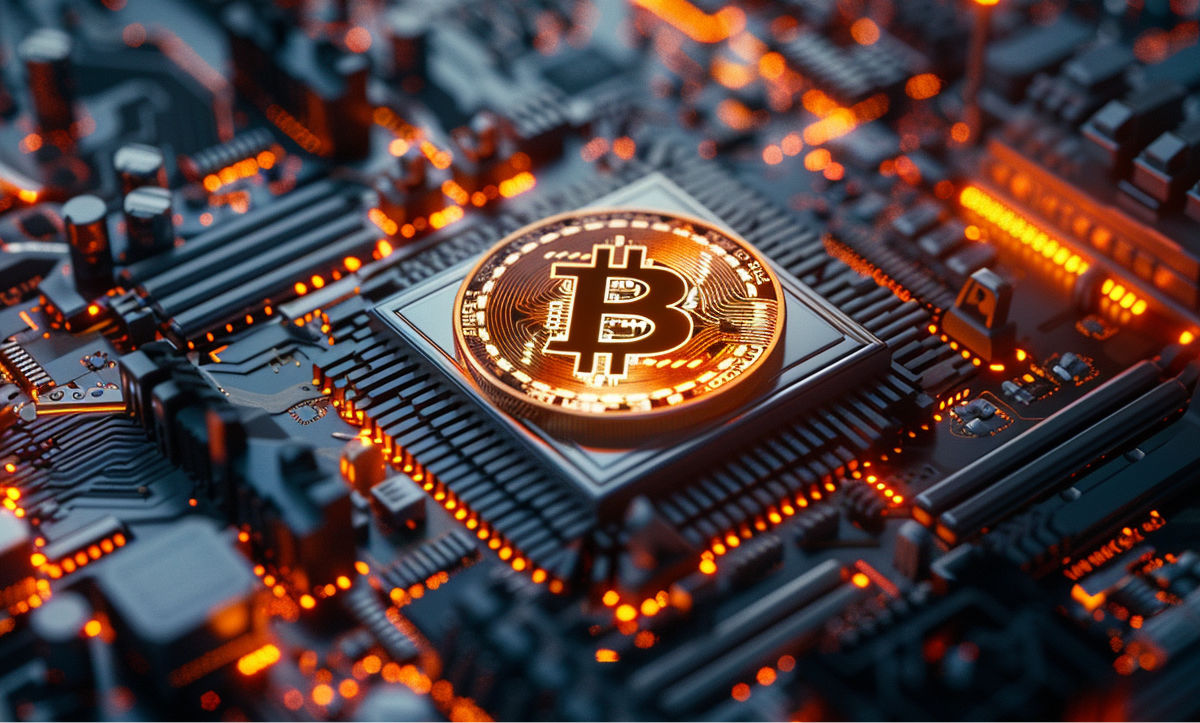
Die Bedeutung der Hashrate bei Bitcoin-Mining-Hardware
Hashrate
Die Bitcoin-Mining-Hashrate ist eine kritische Metrik. Gemessen in TH/s repräsentiert sie die Anzahl der Versuche, die Ihre Hardware macht, um ein kryptografisches Rätsel pro Sekunde zu lösen. Je höher die Hashrate, desto besser sind Ihre Chancen, BTC zu verdienen.
Jedoch bedeutet mehr Hash = mehr Stromverbrauch, daher ist es wichtig, Leistung und Effizienz auszubalancieren.
Stromverbrauch
Mining-Equipment verbraucht erhebliche Mengen an Elektrizität. Um Bitcoin-Mining-Rentabilität zu erreichen, muss Ihre Maschine Watt so effizient wie möglich in Hashes umwandeln.
Zum Beispiel:
- Ein Antminer S19 Pro könnte ~3.250W verwenden, um 110 TH/s zu liefern
- Ein anderes Modell könnte 3.600W für nur 90 TH/s verwenden
Diese Effizienzlücke kann den Unterschied zwischen Gewinn und Verlust bedeuten.
Preis und ROI
Der Preis von Mining-Hardware variiert stark. ASIC-Miner können von 1.000$ bis 10.000$+ kosten. Bei der Berechnung Ihrer Renditen berücksichtigen Sie:
- Anfangskosten
- Hashrate
- Elektrizitätstarif
- BTC-Preis
Verwenden Sie einen Mining-Rentabilitätsrechner, um zu schätzen, wie lange es dauert, Ihre Kosten zu decken.
Kühlsysteme
Hochleistungs-Miner erzeugen Wärme, die verwaltet werden muss, um Effizienz zu erhalten und Schäden zu verhindern. Kühlsysteme für Mining-Equipment gibt es in zwei Haupttypen:
- Luftgekühlt: Ventilatoren blasen Luft über Komponenten (am häufigsten und günstiger)
- Flüssigkeitsgekühlt: Effizienter aber teurer und komplexer
Wenn Sie in einem heißen Klima sind oder mehrere Miner betreiben möchten, ist der Kauf guter Kühlsysteme ein Muss.
Haltbarkeit und Markenreputation
Zuverlässige Marken wie Bitmain, MicroBT und Canaan sind bekannt dafür, die besten Miner für Kryptowährung zu produzieren. Bleiben Sie bei vertrauenswürdigen Herstellern, um minderwertige Maschinen zu vermeiden, die oft ausfallen.
Wie man Rentabilität vor dem Kauf von Mining-Equipment berechnet
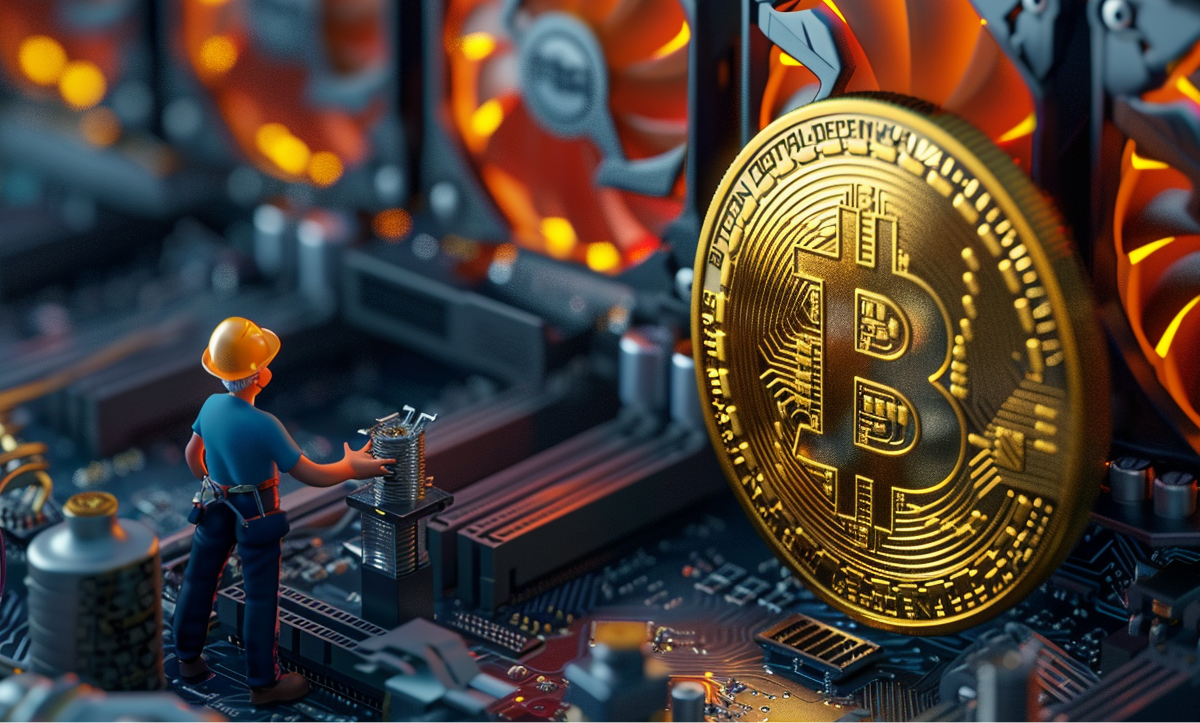
Vergleich verschiedener Bitcoin-Mining-Rigs
Bevor Sie Käufe tätigen, schätzen Sie Ihre potenziellen Gewinne:
Verwenden Sie Mining-Rentabilitätsrechner
Online-Rechner helfen Ihnen bei der Eingabe Ihrer:
- Elektrizitätskosten (pro kWh)
- Hardware-Spezifikationen (Hashrate und Verbrauch)
- BTC-Netzwerkschwierigkeit und Preis
Diese Tools können Ihnen eine grobe Schätzung der täglichen, monatlichen und jährlichen Gewinne geben.
Verstehen Sie alle Faktoren
Die Bitcoin-Mining-Rentabilität wird beeinflusst durch:
- Elektrizitätstarif
- Marktpreis von BTC
- Equipment-Effizienz
- Netzwerk-Hashrate (erhöhte Konkurrenz)
Berechnen Sie Ihren Break-Even-Punkt
Der Break-Even-Punkt ist, wenn Ihre kumulativen Gewinne Ihre Anfangskosten decken. Zum Beispiel braucht ein Miner, der 3.000$ kostet mit einem 7$/Tag Gewinn, ~429 Tage, um die Gewinnschwelle zu erreichen, unter der Annahme stabiler Marktbedingungen.
Einrichtung Ihres Mining-Rigs: Schritt für Schritt
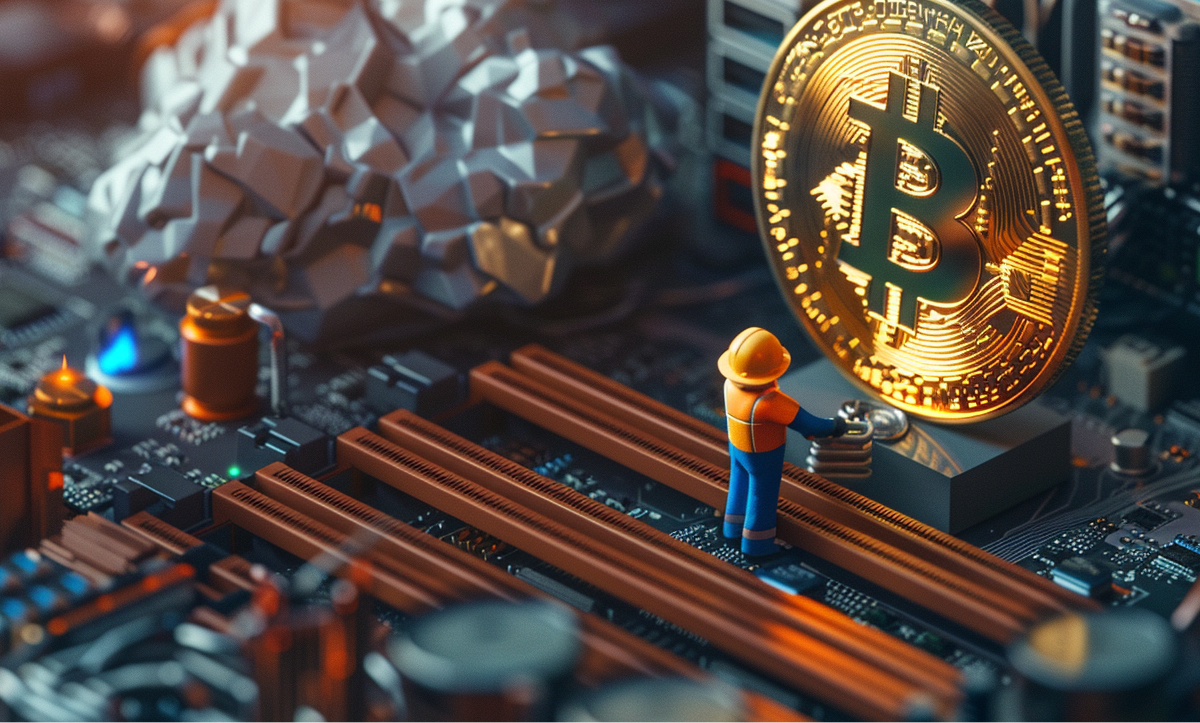
Wahl zwischen ASICs und GPUs für Bitcoin-Mining
Das Verständnis, wie man ein Bitcoin-Mining-Rig richtig einrichtet, ist entscheidend für die Aufrechterhaltung optimaler Leistung und die Vermeidung kostspieliger Ausfallzeiten. Nachdem Sie die richtige Bitcoin-Mining-Ausrüstung gewählt haben, ist der nächste wichtige Schritt die ordnungsgemäße Einrichtung Ihres Mining-Rigs. Die Einrichtung von Mining-Hardware kann zunächst einschüchternd wirken, aber durch Befolgen eines klaren Schritt-für-Schritt-Prozesses werden Sie im Handumdrehen BTC minen.
Schritt 1: Wählen Sie Ihren Miner
Beginnen Sie mit der Auswahl der Mining-Hardware, die am besten zu Ihrem Budget und Ihren Zielen passt. Für Bitcoin-Mining sind ASIC-Miner—wie die beliebte Antminer-Serie—der Industriestandard aufgrund ihrer außergewöhnlichen Effizienz und Hashrate. Alternativ entscheiden sich einige Miner noch für GPU-basierte Rigs, die vielseitiger aber weniger effizient für Bitcoin selbst sind und besser für Altcoins geeignet sind.
Schritt 2: Installieren Sie die Ausrüstung
Sobald Ihr Miner ankommt, finden Sie einen dedizierten Platz für die Installation. Idealerweise sollte dies ein kühler, gut belüfteter Raum sein, um Überhitzung zu verhindern. ASIC-Miner erzeugen erhebliche Wärme, daher ist ein ordnungsgemäßer Luftstrom entscheidend für die Aufrechterhaltung der Energieeffizienz und Hardware-Langlebigkeit.
Schritt 3: Stromanschluss
ASIC-Miner benötigen oft eine stabile Stromversorgung mit spezifischer Spannung und Stromstärke—typischerweise 220V—um sicher und effizient zu arbeiten. Stellen Sie sicher, dass Ihre elektrische Einrichtung diese Anforderungen bewältigen kann. Es ist oft notwendig, einen dedizierten Stromkreis oder eine Steckdose zu verwenden, um Stromschwankungen zu vermeiden, die Ihre Ausrüstung beschädigen könnten.
Schritt 4: Internetverbindung
Eine stabile, kabelgebundene Internetverbindung ist für ununterbrochenes Mining unerlässlich. Mining-Rigs kommunizieren kontinuierlich mit dem Bitcoin-Netzwerk und Mining-Pools, daher könnten Verbindungsprobleme zu Ausfallzeiten und verlorener Rentabilität führen. Vermeiden Sie es, sich auf Wi-Fi für Mining-Rigs zu verlassen, wann immer möglich.
Schritt 5: Konfigurieren Sie Ihren Miner
Nach dem Einschalten Ihrer Ausrüstung müssen Sie sie mit einem Mining-Pool verbinden. Mining-Pools ermöglichen es mehreren Minern, ihre Hashpower zu kombinieren und Belohnungen konsistenter zu teilen. Über die Web-Oberfläche des Miners geben Sie Ihre Mining-Pool-Anmeldedaten ein und stellen Ihre Bitcoin-Wallet-Adresse bereit, damit Ihre verdienten Belohnungen direkt an Sie ausgezahlt werden können.
Schritt 6: Leistung überwachen
Sobald Ihr Rig läuft, ist die Überwachung seiner Leistung vital. Verwenden Sie vom Hersteller bereitgestellte Software-Tools oder Drittanbieter-Überwachungsapps, um Temperatur, Hashrate und Betriebszeit Ihres Miners zu verfolgen. Diese Parameter im Auge zu behalten hilft Ihnen, Überhitzung zu vermeiden, technische Probleme frühzeitig zu erkennen und Ihre Mining-Effizienz zu maximieren.
Wartungs- und Sicherheitstipps für Langlebigkeit
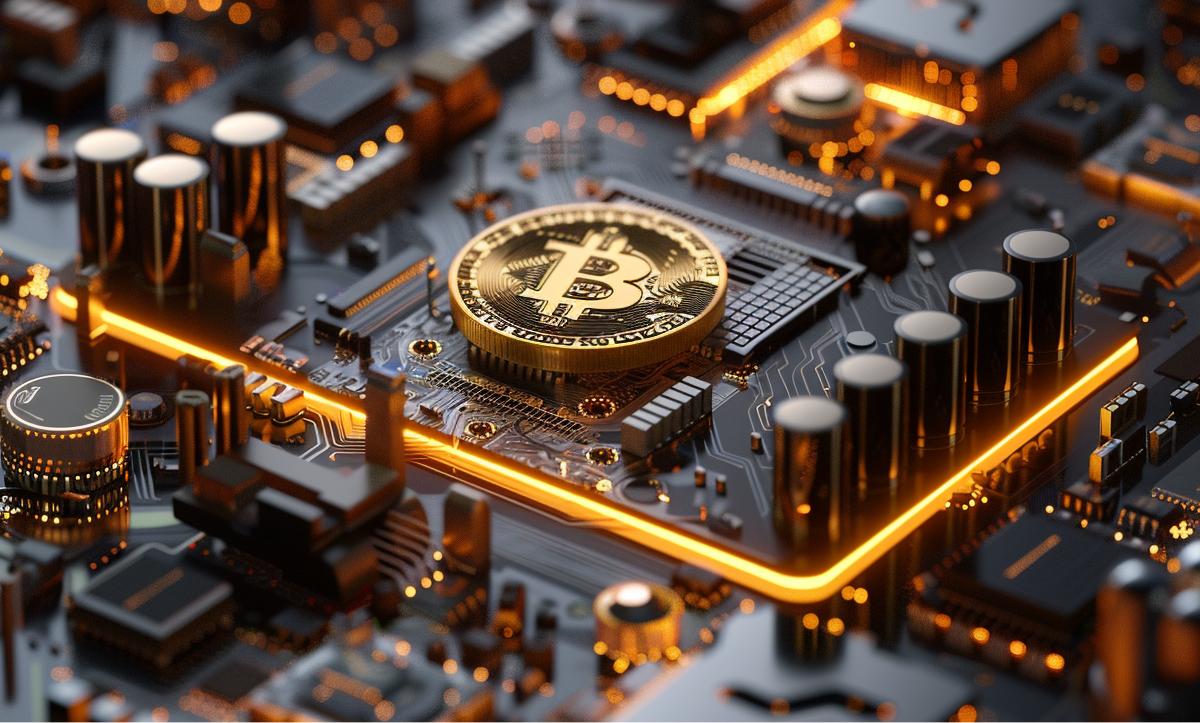
Ordnungsgemäße Wartung verlängert die Lebensdauer Ihres Mining-Rigs und schützt Ihre Vermögenswerte. Reinigen Sie Ihre Ausrüstung regelmäßig, um sie staubfrei zu halten, was dabei hilft, effektive Kühlung aufrechtzuerhalten. Stellen Sie sicher, dass Ventilatoren und Belüftungswege frei bleiben, und erwägen Sie zusätzliche Kühlsysteme, wenn Sie in wärmeren Umgebungen minen.
Überprüfen Sie Stromkabel und Anschlüsse häufig auf Anzeichen von Verschleiß oder Beschädigung, um elektrische Gefahren zu verhindern. Das Befolgen dieser Sicherheitsvorkehrungen schützt nicht nur Ihre Ausrüstung, sondern reduziert auch das Risiko von Ausfallzeiten.
Wo man Mining-Equipment kauft: Vertrauenswürdige Quellen und Tipps
Die Rolle von Kühlsystemen in Bitcoin-Mining-Rigs
Autorisierte Verkäufer
Um sicherzustellen, dass Sie authentische und zuverlässige Bitcoin-Mining-Ausrüstung erhalten, ist es am besten, bei autorisierten Verkäufern zu kaufen. Vertrauenswürdige Hersteller wie Bitmain und MicroBT verkaufen ihre Miner direkt über offizielle Websites. Sie können auch seriöse Distributoren wie CoinMiningCentral oder Kaboomracks finden, die Garantien und Kundensupport anbieten.
Online-Marktplätze wie Amazon mögen Mining-Hardware haben, aber seien Sie vorsichtig mit Drittanbietern, um gefälschte oder defekte Produkte zu vermeiden.
Gebrauchte Ausrüstung
Der Kauf gebrauchter Mining-Rigs kann eine kostengünstige Option für Anfänger oder diejenigen sein, die schnell expandieren möchten. Gebrauchte Ausrüstung birgt jedoch Risiken wie kürzere Lebensdauer, mögliche versteckte Defekte und keine Herstellergarantie. Bevor Sie gebrauchte Miner kaufen, bitten Sie den Verkäufer um detaillierte Nutzungsprotokolle und testen Sie die Ausrüstung gründlich, wann immer möglich.
Betrügereien vermeiden
Der Mining-Hardware-Markt zieht leider Betrüger an. Seien Sie vorsichtig bei Angeboten, die „zu gut, um wahr zu sein" scheinen — Preise, die deutlich unter dem Marktwert liegen, deuten oft auf Betrug hin. Vermeiden Sie unverifizierte Verkäufer, besonders solche, die über Social-Media-Plattformen ohne glaubwürdige Bewertungen operieren.
Senden Sie niemals Zahlungen in Kryptowährung an unbekannte Verkäufer ohne Garantien. Bleiben Sie stattdessen bei seriösen Quellen mit verifizierten Kundenbewertungen und transparenten Rückgaberichtlinien, um Ihren Kauf zu schützen.
Bitcoin mit GoMining verdienen: Eine intelligente Alternative
Wenn Sie daran interessiert sind, Bitcoin zu verdienen, sich aber von den Komplexitäten des Kaufs und der Verwaltung teurer Mining-Hardware überwältigt fühlen, bietet GoMining eine erfrischende und zugängliche Lösung. Anstatt Tausende im Voraus für physische Maschinen auszugeben, ermöglicht GoMining Ihnen die Teilnahme am Bitcoin-Mining über eine einfache, problemlose Plattform, die tokenisierte Hashpower nutzt.
Wenn Sie GoMining beitreten, kaufen Sie Digitale Miner — virtuelle Darstellungen echter Mining-Ausrüstung, die in Rechenzentren betrieben wird. Diese Digitalen Miner werden von echter Hardware unterstützt, sodass Sie effektiv Belohnungen verdienen, die von leistungsstarken ASIC-Minern generiert werden, ohne sich mit Wartung, Lärm oder den hohen Stromrechnungen befassen zu müssen, die normalerweise mit dem Betrieb Ihres eigenen Rigs einhergehen.
Was GoMining besonders attraktiv macht, ist das tägliche Auszahlungssystem. Sie erhalten Ihre Gewinne jeden Tag direkt in Bitcoin, was Ihnen einen transparenten und stetigen Einkommensstrom gibt. Dieser Ansatz ermöglicht es Ihnen, mit einem kleinen Betrag zu beginnen und Ihre Mining-Power schrittweise zu erhöhen, während Sie mit dem Mining-Prozess vertrauter und sachkundiger werden.
Mit GoMining können Sie alle Vorteile des Minings ohne die üblichen Barrieren genießen — keine technische Einrichtung, keine Wartung, nur reine Bitcoin-Mining-Rentabilität leicht gemacht.
Entdecken Sie mehr über diese innovative Gelegenheit bei GoMining und beginnen Sie noch heute auf intelligente Weise Bitcoin zu verdienen.
Fazit
Die Wahl der richtigen Bitcoin-Mining-Ausrüstung ist der erste und kritischste Schritt beim Aufbau einer profitablen Mining-Operation. Von der Bewertung von Hashrate und Stromverbrauch bis zum Vergleich von ASIC vs GPU Mining spielt jeder Faktor eine Rolle in Ihrem langfristigen Erfolg.
Für Mining-Hardware für Anfänger ist es am besten, mit einem gut bewerteten ASIC einer vertrauenswürdigen Marke zu beginnen, Ihre Rentabilität sorgfältig zu berechnen und verantwortlich zu skalieren.
Und denken Sie daran, Sie müssen nicht immer physische Maschinen besitzen, um BTC zu minen—Plattformen wie GoMining bieten eine flexible und anfängerfreundliche Alternative.
Bleiben Sie auf dem neuesten Stand, behalten Sie neue Technologien im Auge und recherchieren Sie immer vor einem Kauf. Erfolgreiches Mining!
Übersetzung mit Hilfe von KI erstellt. Den Originalartikel können Sie hier lesen
August 5, 2025


